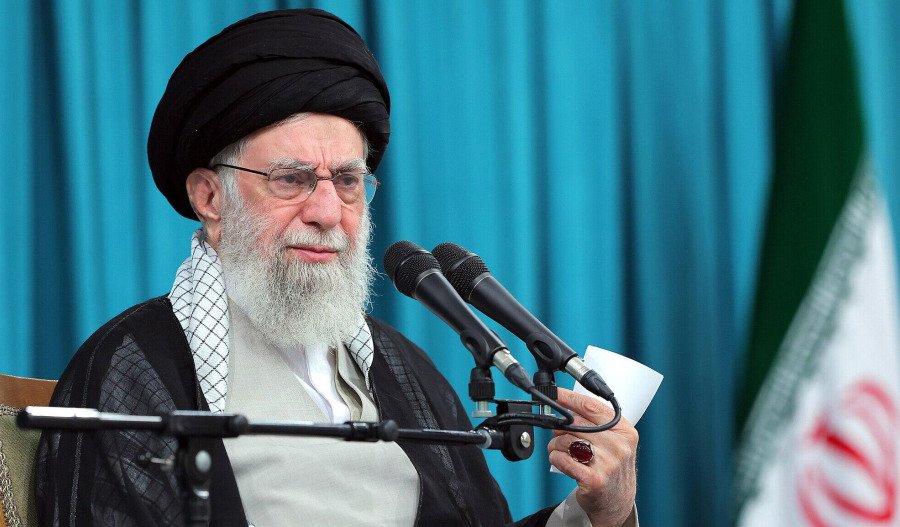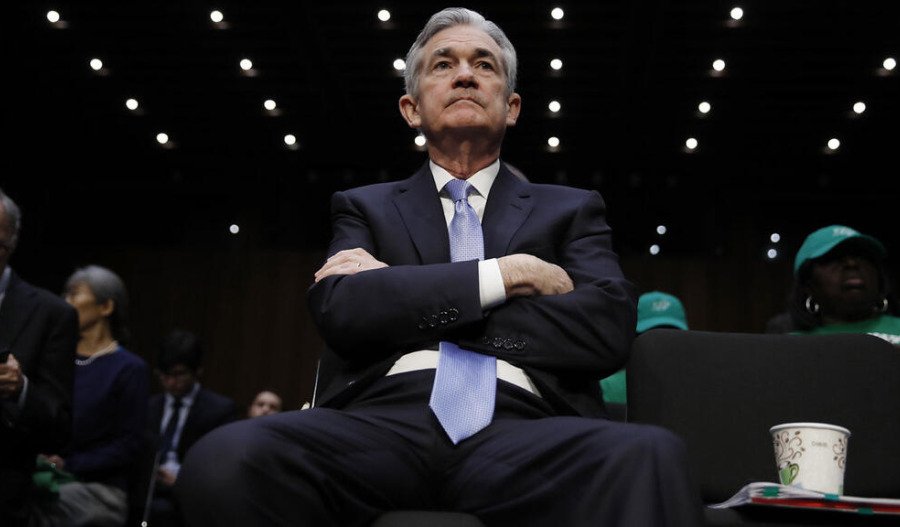Gold prices retreated slightly during Monday's Asian trade after briefly touching fresh two-month highs above US$3,450 per ounce, as investors navigated geopolitical risks and upcoming central bank policy decisions.
By 3:45 pm AEST (5:45 am GMT), spot gold had slipped US$14.11, or 0.4%, to US$3,418.22 per ounce, following last week’s 3.7% gain driven by safe-haven demand amid heightened tensions between Israel and Iran.
The United States dollar recovered lost ground during Asian trading hours, gaining broadly against major peers as deteriorating investor confidence drove fresh demand for the greenback. The dollar’s rebound contributed to a minor dip in gold, which typically moves inversely to the currency.
Geopolitical tensions remain elevated, with Iranian missile strikes on Israel extending into early Monday, weighing heavily on market sentiment.
Iran has told mediators Qatar and Oman that it is unwilling to negotiate a ceasefire with the U.S. while under Israeli attack.
Further complicating the outlook, U.S. President Donald Trump reportedly vetoed an Israeli proposal to target Iran’s Supreme Leader Ayatollah Ali Khamenei in recent days.
With attention now shifting to central bank policy, traders are positioning cautiously ahead of the U.S. Federal Reserve’s rate decision due Wednesday.
Markets continue to expect the first rate cut in September, with two 25 basis point reductions anticipated before year-end.
Dovish expectations surrounding the Fed, coupled with ongoing conflict in the Middle East, continue to provide a floor for gold prices.
Meanwhile, fresh economic data out of China - including retail sales and industrial output for May - failed to lift the metal, as investors look instead to U.S. retail figures and Tuesday’s Bank of Japan policy decision for short-term direction.



